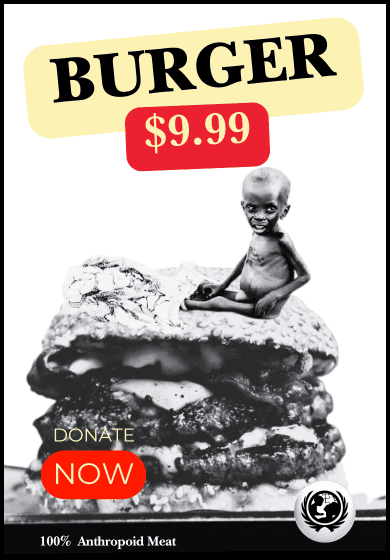Synthetic drug known as “pink cocaine” is quickly becoming a serious concern in Spain, the UK, and beyond. Earlier this month, Spanish authorities conducted their largest-ever synthetic drug bust, seizing significant quantities of pink cocaine alongside more than a million ecstasy pills. The operation targeted drug networks operating across Ibiza and Malaga.
This substance, linked to an increasing number of drug-related deaths, has drawn attention from European drug harm reduction organizations. They are urging swift action to address the unpredictable composition and rising popularity of pink cocaine, which poses significant risks to public health.
Contrary to its name, pink cocaine does not typically contain cocaine. Instead, it is often a blend of other substances such as MDMA (ecstasy), ketamine, and 2C-B, a psychedelic compound. MDMA is a stimulant with psychedelic effects, ketamine serves as a powerful anesthetic with sedative and hallucinogenic properties, and 2C-B is categorized as a psychedelic, though it can also produce stimulant-like effects.
Available in powder or pill form, pink cocaine is recognized for its vibrant color, achieved through food coloring, and sometimes flavored to enhance its appeal. The drug’s origins can be traced back to a psychedelic compound synthesized in 1974 by American biochemist Alexander Shulgin, though its current form emerged in Colombia around 2010 as a less expensive imitation.
Pink cocaine first gained popularity within Latin American party scenes before spreading to Europe. It is commonly referred to by names like “cocaina rosada,” “tuci,” “Venus,” and “Eros.”
One of the major concerns surrounding pink cocaine is its unpredictable mix of substances, making it highly dangerous. Many users expect a stimulant similar to cocaine, but the inclusion of ketamine raises serious health risks. Ketamine abuse, prevalent in club settings, can result in unconsciousness or dangerously slowed breathing, compounding the hazards associated with pink cocaine.
The drug’s aesthetic appeal and its reputation as a “designer drug” have attracted younger users and first-time experimenters, mirroring the allure once associated with substances like cocaine and MDMA. This trend highlights the persistent glamorization of potentially harmful substances.
Experts equate using pink cocaine to a game of Russian roulette, emphasizing the unpredictable and dangerous nature of its composition. The drug has spread beyond Ibiza into the UK, gaining traction in Scotland, Wales, and England. In the U.S., New York City has also reported a growing presence of pink cocaine.
Health officials across Europe are expressing alarm as pink cocaine is difficult to detect with standard drug tests. Spain, in particular, lacks the infrastructure needed to identify all the components in these new synthetic drug combinations.
Pink cocaine is typically sold for approximately US$100 per gram in Spain, marketed as a high-end product. While legal frameworks vary, Spanish authorities are working diligently to curb its distribution. In the UK, pink cocaine’s ingredients fall under the Misuse of Drugs Act 1971, which classifies substances like MDMA and 2C-B as Class A drugs, while ketamine is categorized as Class B.
The rise of pink cocaine highlights the urgent need for accessible drug-checking services. These services allow users to test substances for unknown or harmful components, providing a layer of harm reduction. My own research underscores the importance of such initiatives, alongside public awareness campaigns and support services.
As pink cocaine continues to spread across Europe and beyond, it is essential that authorities, health organizations, and the public are well-equipped to address the serious risks it presents.



